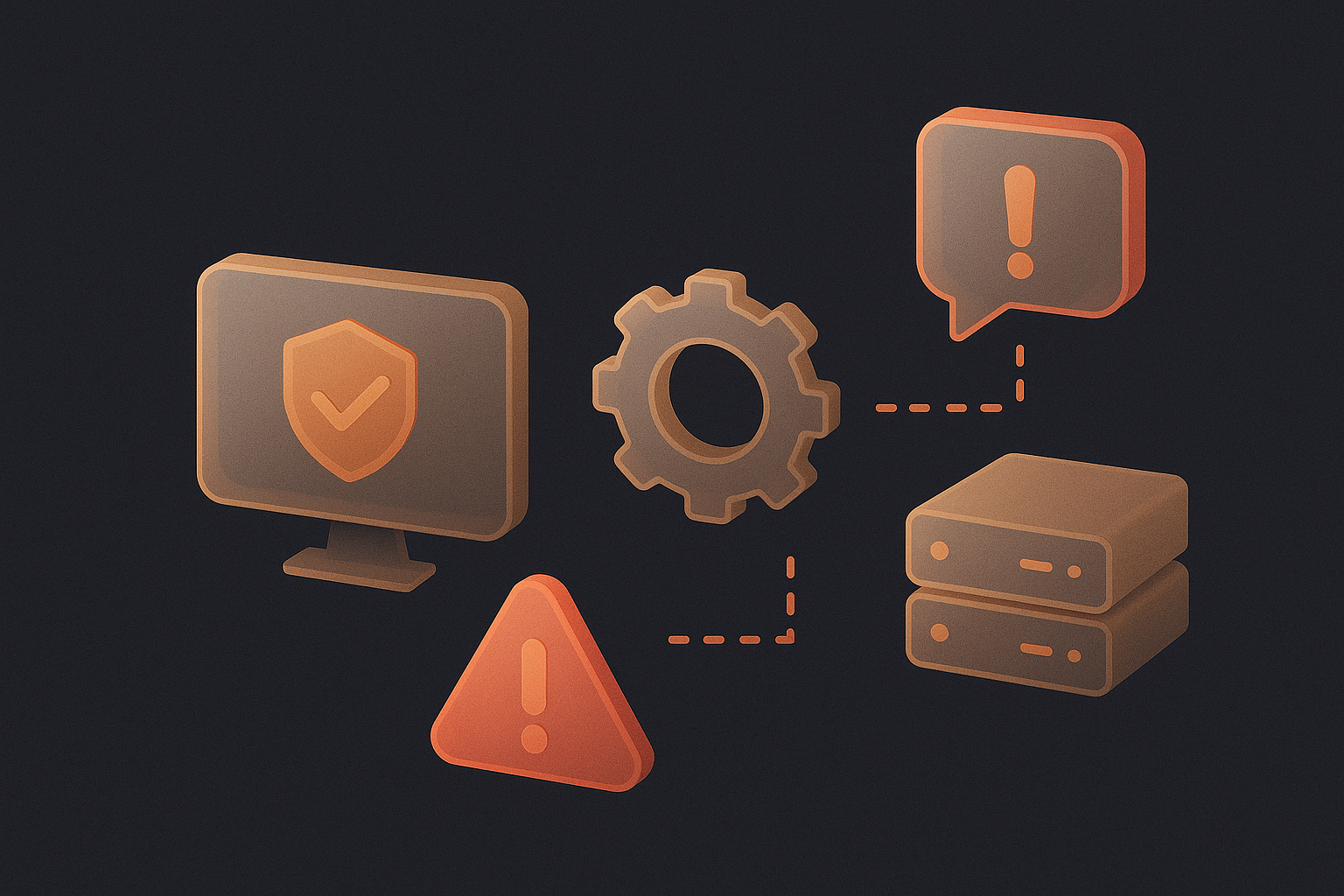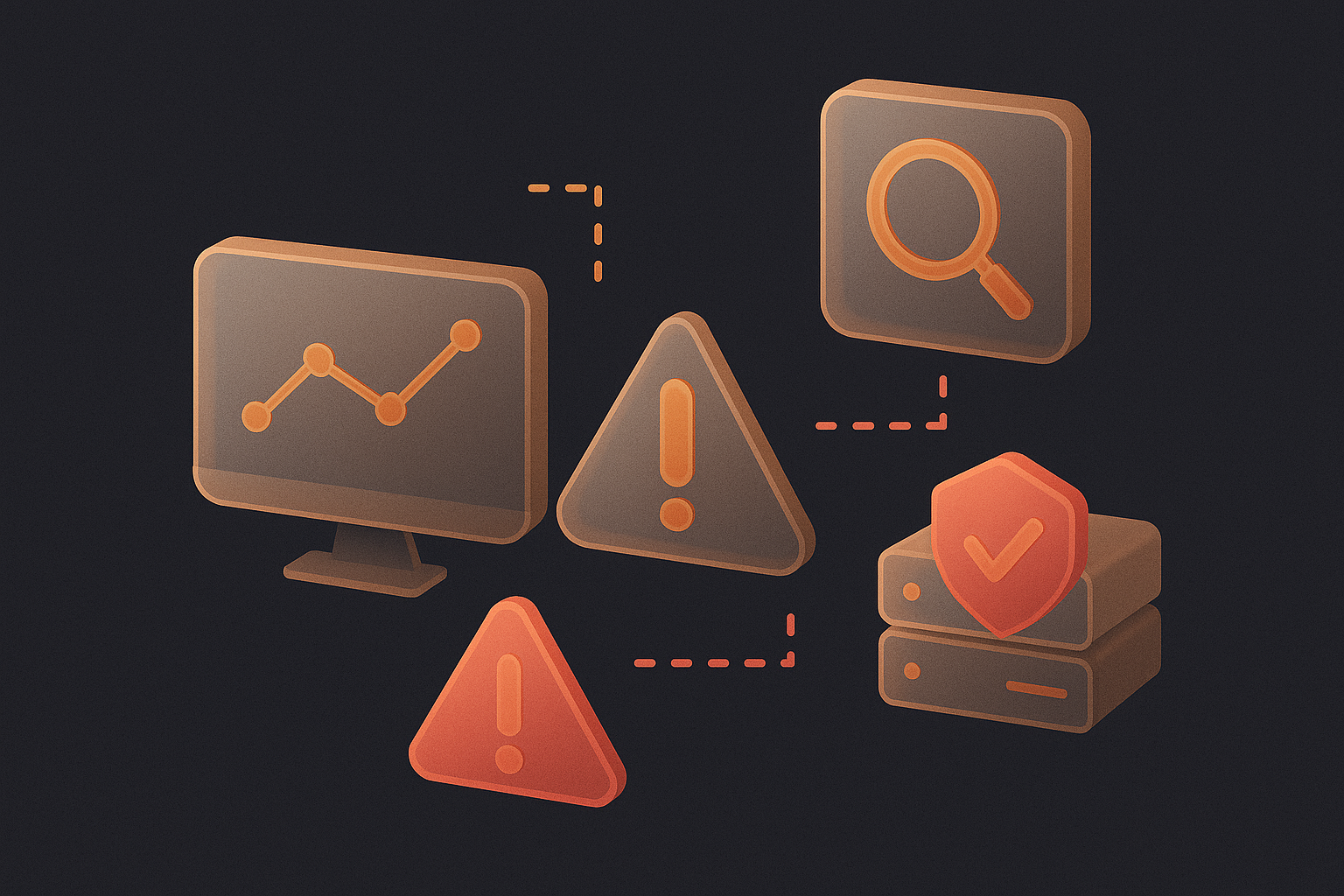- If an incident occurs, do you know how to manage this issue from start to finish? Incident management is complex, particularly for IT professionals who face a sudden network or system outage that impacts business operations. But for IT professionals who understand the ins and outs of incident management, they can take the guesswork out of complex incidents.
In many instances, IT professionals can follow a standard incident lifecycle to identify and resolve problems. This lifecycle includes six stages:
- New: A service desk has received information about an incident but has not yet assigned it to a service desk agent.
- Assigned: An incident is assigned to a service desk agent.
- In-Progress: A service desk agent is searching for ways to resolve an assigned incident.
- On-Hold: Incident response is temporarily suspended; this may occur if a user or third-party requires additional information and ensures service-level agreement (SLA) response requirements continue to be met.
- Resolved: A service desk verifies an incident has been resolved and an affected service has returned to SLA levels.
- Closed: An incident is fully resolved, and no further actions are required.
The incident lifecycle seems simple, but a diligent team of IT professionals must be ready to follow each step. Without proper incident management and response, a minor incident may turn into a major catastrophe. And as a result, this incident could cause severe problems for a business, its employees and its customers.
A Closer Look at the Standard Incident Management Process
In addition to the incident management lifecycle, many incident management teams follow a standard process to limit the impact of downtime, outages and other critical incidents. This process includes the following steps:
- Identification: Involves the initial detection of an incident.
- Logging: Involves tracking incident information and logging incident details, including the name of the person reporting an incident, the date and time of an incident and other pertinent information.
- Categorization: Involves the placement of an incident into an appropriate category and subcategory.
- Prioritization: Involves incident assessment and an evaluation of an incident’s impact on a business and its key stakeholders.
- Diagnosis: Involves the creation of an incident hypothesis and what may be done to resolve an incident.
- Escalation: Involves requests for additional support; front-line support teams are required to gather and log incident information for immediate escalation.
- Resolution: Involves the use of necessary steps and processes to resolve an incident.
- Closure: Involves the return of an incident to a service desk for closure. After an incident is closed, a service desk will notify all affected stakeholders.
To ensure full incident resolution, an incident management team must define the steps required to handle an incident, along with the sequence and responsibilities of all parties involved. Then, when an incident occurs, the team can assign a category and priority level to an incident and provide status updates to stakeholders that describe actions it is taking to close or resolve the incident. If incidents frequently reach mission-critical status, an incident management team may want to invest in an incident management platform to automate processes and reduce the time it takes to resolve issues.
Introducing the ITIL Incident Management Lifecycle
The Information Technology Infrastructure Library (ITIL) provides a framework of best practices for delivering IT services, including an incident management lifecycle designed to help IT professionals quickly restore service operations.
ITIL’s incident management lifecycle includes a set of instructions that encourages IT professionals to work together to ensure effective IT service delivery. Plus, the lifecycle is flexible, and it can be structured in a way that meets the needs of all organizations, regardless of size or industry.
Now, let’s take a closer look at each stage of the ITIL incident management lifecycle.
Incident Identification
At this point, IT professionals identify an incident. The incident identification phase sometimes occurs before an incident affects end users. IT professionals sometimes learn about incidents when impacted users report them to the service desk.
The incident identification phase kicks off the incident management lifecycle, and as soon as IT professionals learn about an incident, they must find ways to minimize its impact. Incidents can result in costly downtime, outages, and potential risks to a company, its customers, and its employees.
Incident Logging
The incident logging stage involves the classification and prioritization of incidents. First, an incident is logged with relevant details and classified based on appropriate categories. This enables the incident to be assigned and escalated to the right IT team members. The incident then is assigned priority based on how, when and by whom it will be handled. Priority is determined based on urgency – such as the number of users that an incident affects or an incident’s potential impact on a business and its key stakeholders – and how quickly it must be addressed.
IT professionals require fast, efficient incident logging and tracking, or these professionals risk missing out on crucial incident details. Perhaps worst of all, if incidents are not logged properly, a small incident may quickly get out of hand. Because if the right IT professionals fail to receive incident alerts or do not prioritize a critical incident, a business, its customers and its employees may suffer the consequences.
Incident Investigation and Diagnosis
IT professionals will investigate an incident to find out exactly what happened and how the problem can be mitigated. These professionals may use their skills and expertise, information from past incidents and other resources to diagnose an incident. Then, IT professionals can determine the best course of action to resolve the problem.
There is no surefire cause of all incidents. This means IT professionals must review all aspects of an incident to diagnose the issue. Also, IT professionals often work together to brainstorm potential incident solutions.
Incident Assignment or Escalation
Generally, a service desk technician is the first to respond to an incident. If the initial responder is unable to resolve the incident, higher-level support staff may be needed for full resolution.
A service desk technician strives to do everything possible to resolve an incident. Despite his or her best efforts, however, additional support staff may be needed. In this scenario, a business requires escalation protocols to ensure an incident alert is escalated to the right IT professionals, at the right time. Furthermore, an alert monitoring system with automatic escalations may be used to speed up the escalation process. This system automatically escalates incidents based on who is available, enabling second- or third-level support staff to quickly respond to escalations.
Incident Resolution
After IT professionals discover an incident solution, they will implement the solution and test it accordingly. This ensures a solution delivers the desired results and helps a company limit the effects of downtime or an outage.
Ultimately, comprehensive testing allows IT professionals to determine whether a solution enables a company to fully manage an incident. If tests reveal an incident solution fails to deliver the desired results, IT professionals must consider alternatives.
Incident Closure
When an incident is fully resolved, the issue is closed. A service desk technician must ensure all incident details are properly tracked. With this information at their disposal, IT professionals may be better equipped than ever before to speed up and improve future incident management and response.
Additionally, IT professionals often look back at an incident and try to learn from it. IT professionals frequently search for ways to enhance their incident management processes and systems. Therefore, IT professionals must perform diligent incident tracking and collect as much information about an incident as they can. Incident details may prove to be essential, as they can help IT professionals find innovative ways to bolster their incident management processes and systems.
User Satisfaction Survey
A user satisfaction survey enables IT professionals to obtain actionable feedback following an incident’s closure. It also helps IT professionals collaborate with customers, employees and other key stakeholders who may have been impacted by an incident and find out how they felt about an IT team’s incident management efforts.
IT professionals often use phone or online surveys to collect user feedback. ITIL notes IT professionals should always explain the purpose of a user satisfaction survey, randomly distribute it, keep the survey short and clearly state all survey questions. This ensures IT professionals can make it simple for survey respondents to share their feedback. Moreover, IT professionals should evaluate user satisfaction survey results, share them with one another and use the results to drive ongoing incident management process and system improvements.
The ITIL incident management lifecycle offers a valuable guide for IT professionals. Yet the lifecycle alone is merely a starting point for IT professionals who want to streamline their incident management efforts.
Using an alert monitoring system in combination with the ITIL incident management lifecycle can make a world of difference for IT professionals. An alert tracking system helps IT professionals collect incident data and monitor an incident’s progress. The system also enables IT professionals to maintain consistent communications with one another until an incident is closed. And once an incident is resolved, IT professionals can produce reports and obtain the insights they need to drive meaningful incident management improvements.
Take advantage of an alert monitoring system and the ITIL incident management lifecycle. Together, these tools can help IT professionals enhance their incident management efforts both now and in the future.
Check Out Alertops for more information.



